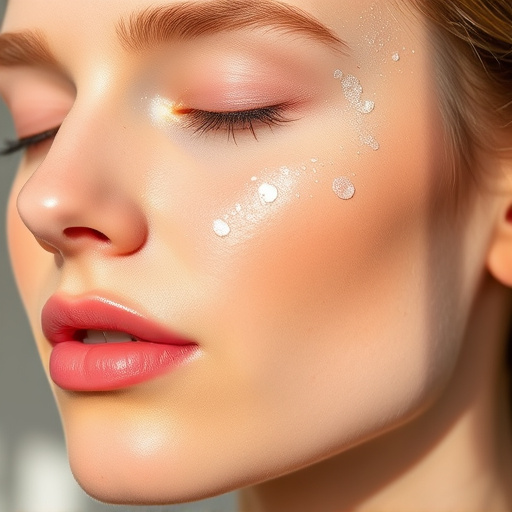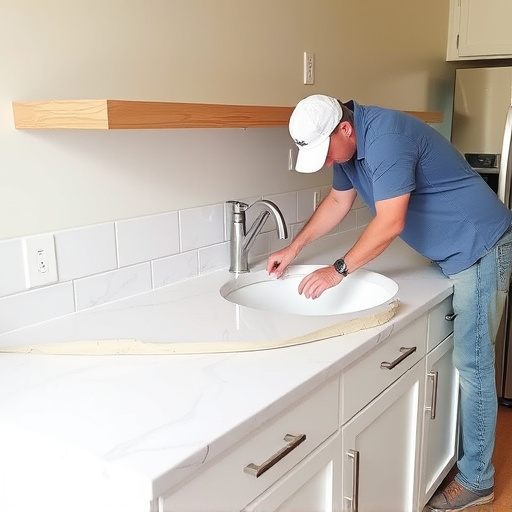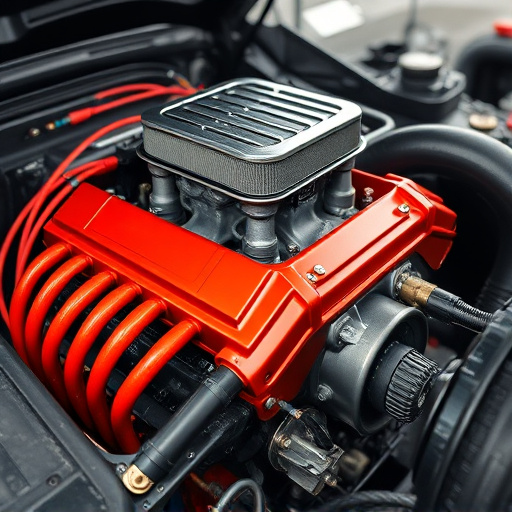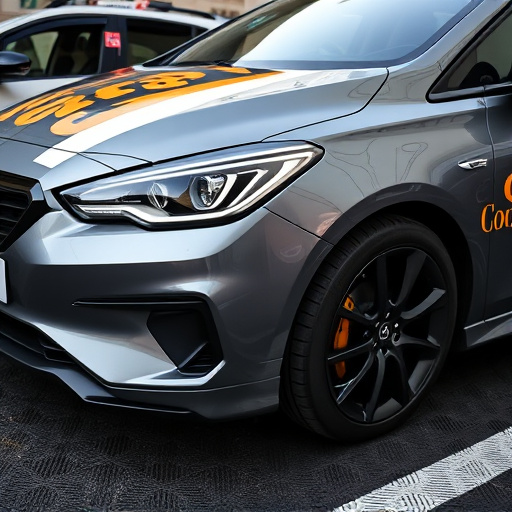Understanding paint thickness is crucial for effective swirl mark removal. Thicker paints offer better protection, while thinner ones are more vulnerable to damage. Specialized finishes require tailored techniques. Swirl marks, caused by road debris or improper washing, vary in depth based on paint thickness. Removal efficiency depends on scratch depth; simple polishing for shallow scratches vs. professional restoration for deep damage. Protective layers like paint protection film aid removal by shielding the paint.
In the realm of automotive care, effectively removing swirl marks without compromising paint integrity is a delicate task. This article delves into the science behind paint thickness and its profound impact on swirl mark removal safety. Understanding the varying effects of swirl marks across different paint depths is crucial for technicians and car enthusiasts alike. We explore effective techniques tailored to specific paint layers, ensuring flawless restoration while promoting optimal paint protection. Discover how knowing your paint’s depth can revolutionize swirl mark removal.
- Understanding Paint Thickness: The Foundation for Safety
- Swirl Marks: Causes and Impact on Different Thicknesses
- Effective Removal Techniques Based on Paint Depth
Understanding Paint Thickness: The Foundation for Safety
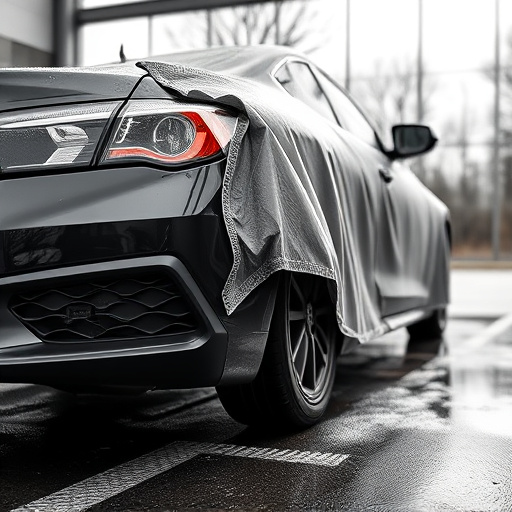
Understanding Paint Thickness forms the foundation when it comes to safe swirl mark removal. The thickness of a paint layer directly influences its durability and resistance to damage, including swirls and scratches. Thicker paints offer greater protection for the vehicle’s surface, making swirl mark removal safer as there is more material to work with. On the other hand, thinner paints may be more susceptible to damage during the removal process, increasing the risk of further marring or peeling.
Knowing the paint thickness, especially when dealing with specialized finishes like vehicle wraps, ceramic window tinting, or paint protection film, is crucial for determining the best approach to swirl mark removal. Techniques and tools suitable for one type of finish may not be appropriate for another, depending on their inherent strength and resilience.
Swirl Marks: Causes and Impact on Different Thicknesses
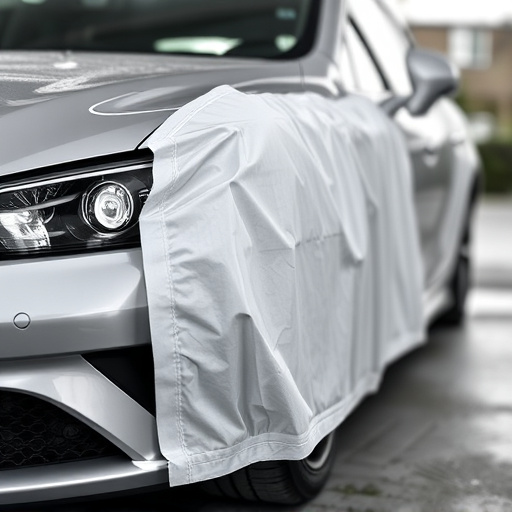
Swirl marks, also known as scratch dents or swirls, are unsightly imperfections on painted surfaces that can significantly impact a vehicle’s aesthetics. They are caused by various factors, including road debris, poor washing techniques, and even minor collisions. The depth and severity of swirl marks vary depending on the paint thickness. In vehicles with thin paint jobs, these marks might only create a shallow depression, making removal relatively easier. However, in cars with thicker coats, such as those with ceramic window tinting or custom graphics over vehicle wraps, swirl marks can penetrate deeper into the paint layer. This increased depth complicates removal, as it requires more careful and specialized techniques to restore the original finish without damaging the underlying layers.
Effective Removal Techniques Based on Paint Depth
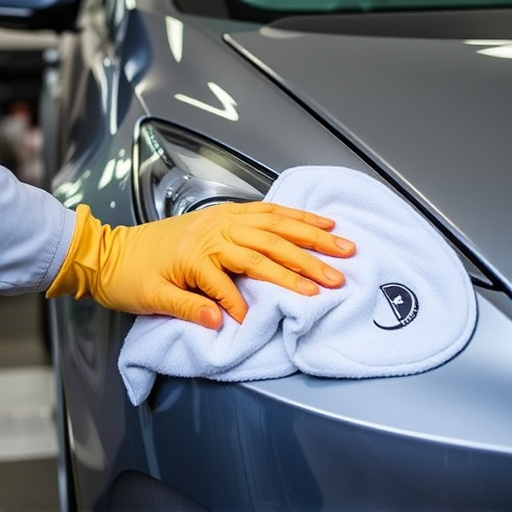
The effectiveness of swirl mark removal heavily depends on the depth of the paint on your vehicle. For shallow paint scratches or swirls, removing them is relatively safer and more accessible. Techniques such as polishing with specialized compounds designed to minimize paint removal can be effective. These methods are ideal for light swirls, offering a quick fix without compromising the car’s aesthetics during customization.
In contrast, deep paint damage requires more intricate approaches. Here, professional restoration techniques become necessary, employing tools like sandpaper and compound buffers to carefully reshape the damaged area. Additionally, applying a protective layer such as paint protection film can significantly aid in swirl mark removal. This barrier shields the paint from further damage, allowing for safer and more successful restoration, ensuring your vehicle’s original look while enhancing its overall protection.
In conclusion, understanding paint thickness is paramount in ensuring safe and effective swirl mark removal. Different paint depths necessitate tailored techniques for optimal results without damaging the surface. By recognizing the impact of swirl marks on various materials and employing suitable removal methods based on paint depth, you can achieve a flawless finish that restores your vehicle’s aesthetic appeal. Remember, proper knowledge of swirl mark removal techniques is key to achieving a professional-looking repair every time.

